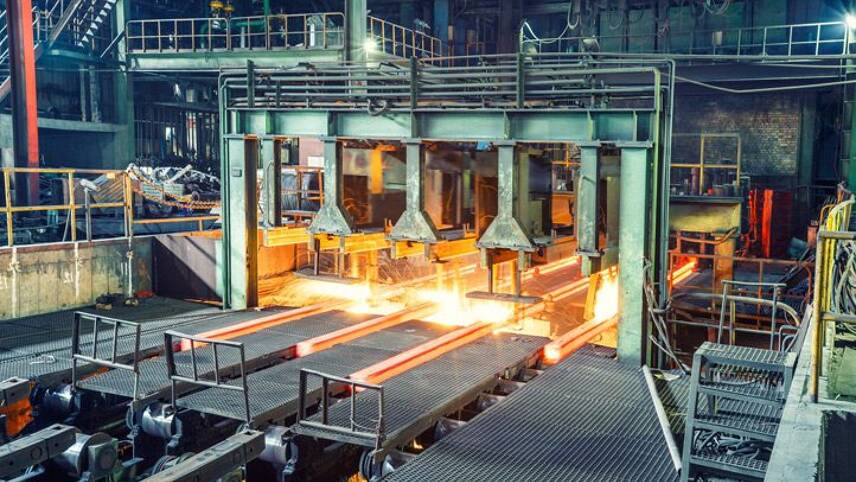Register for free and continue reading
Join our growing army of changemakers and get unlimited access to our premium content

The foundation industries account for 15% of the UK’s emissions, according to Innovate UK, and are worth around £52bn to the economy
The ETC’s new report, published today (5 April), examines the policy frameworks in key regions and whether they can support the uptake in green steel production.
Noting that steel will bed a key material to enable the energy transition for technologies like turbines and electric vehicles (EVs), the report claims that the financial gap from ramping up production is smaller than previously thought.
The report claims that the pipeline for near-zero emission steel projects would need to triple within the next three years to enable 190 million tonnes per annum (Mpta) of ‘green’ production by 2030. However, recent landmark policy frameworks, including the low-carbon hydrogen production tax credit under the US Inflation Reduction Act and the EU’s plan to phase-in of the carbon border adjustment mechanism have created new viable investment cases for steel.
Steel already accounts for 7% of annual global greenhouse gas and the report notes that projects will need to be given the green light by 2026 in order to ramp up production by 2030 and align with the goal of the Paris Agreement.
“Investing in commercial-scale green primary steel is already possible this decade. Support for low-carbon hydrogen in the US and the CBAM in the EU offer solid foundations for getting breakthrough projects off the ground in those markets,” The ETC’s chair Adair Turner said.
“Given the lead time of steel projects, urgent action is needed to further strengthen the investment case for breakthrough technologies and secure near-zero emissions primary steelmaking capacity before the decade is out.”
The UK is yet to publish its response to the US IRA and EU’s flagship green policy framework, with the Government confirming an update will be published in the Autumn.
Last month, the ECIU warned that the UK was struggling to promote green steel production compared to other regions, with the European Union (EU) currently having 23 green steel projects in the planning phase, compared to zero in the UK.
The ECIU has found that in 2021, the UK had zero planned green steel projects, compared to 23 in the EU. Overall, the UK has one project compared to 38 in the EU.
More broadly, trade body UK Steel has warned that steelmakers in the UK are being deterred from shifting to lower-carbon, electricity-powered operations by prohibitively high industrial electricity prices.
The organisation, convened by the manufacturing sector organisation Make UK, outlined its vision for aligning the steel sector with the UK’s 2050 net-zero target. The sector is targeting a 95% reduction in emissions within this timeframe and will then ‘net’ the residual emissions using approaches such as offsetting. However, spiraling energy costs have now become a deterrent for the sector.
Businesses are striving to increase green steel use and production globally, however. Members of the SteelZero initiative, for example, have pledged to buy and use 50% lower-emission steel by 2030, supporting a long-term ambition of using 100% net-zero steel by 2050.


Please login or Register to leave a comment.